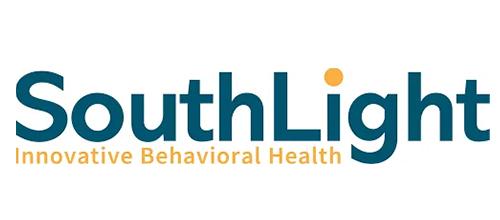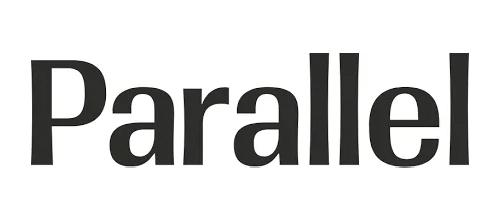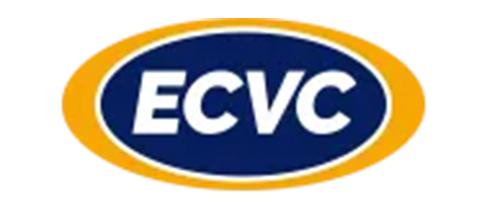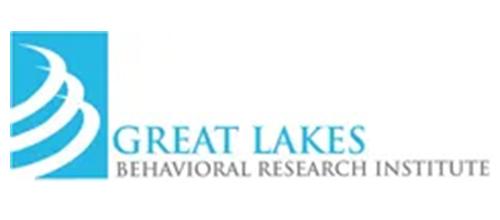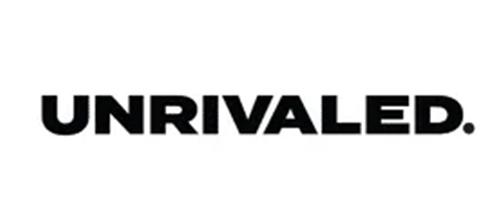
With more than one billion active Facebook users already, social networking is strong and getting stronger as literally hundreds of millions of new users join a social network this year.
Unfortunately, business adoption of social networking hasn’t extended much past the marketing department. Business has made its social network investments targeted toward gaining more customers and selling more products or services.
Companies are behind the eight ball in their use of social network tools within the workplace and aren’t taking advantage of social networking’s potential to reinvent how workers connect, collaborate, and learn in the workplace. These tools can ultimately improve profits and promote a happier and more engaged workforce.
The modern dispersed workplace needs “social.” Business suffers with fundamental communication issues ranging from misinterpretations and assumptions to lack of follow-through, privacy issues, and inadequate distribution of vital information.
A workplace social network solves these problems because it redefines communication in fundamental and convenient ways. We now connect with friends and family and share multimedia content, update statuses, and check-in at familiar destinations—all paradigms that didn’t exist ten years ago. These new paradigms take social media beyond its entertainment value and improve communication in ways that benefit the sender and the recipient, making social media the most convenient means for sharing information.
With such a dynamic shift in people’s communication preferences, why has business been so slow to adopt social networking tools for its workforce? This is for one simple reason.
Current social collaboration products simply mimic the features of consumer products and lack the game-changing benefits needed for organizations to adopt them. Businesses will adopt a workplace social network when the products transcend novelty and entertainment-value to become an actionable tool for communication and vital business decision-making.
Human capital management fused to a social network is what is needed. The social graph inherent to the Human Resources function is the foundational element for building a “socially networked” workforce. This Human Resources function, once made socially-aware, can be used to identify, predict, and facilitate many of the actionable aspects of Human Capital Management to drive substantial productivity gains and cost savings. I refer to this game-changer as Social Human Capital Management or Social HCM for short.
A few of the productivity gains and cost savings that can be expected from a Social HCM are as follows:
Speed information flow and decision making.

A social network with its diversity of relevant connections increases communication and collaboration. When employees communicate and collaborate they are more careful and thorough in their thought processes, and in turn they develop better plans. Better planning improves speed, quality, and execution. Agility shortens the cycle of innovation and learning, and these are the keys to establishing a competitive edge and profits.
And it doesn’t stop there. Social HCM distributes actionable events, polls, and notifications, all within an easy-to-follow and familiar interface for information consumption. Users need only to look in one place for all relevant actionable items, such as time off requests or other items needing review, action or approval. Define and schedule favorite informational reports and event notifications to be delivered to your stream or to others as well.
And keeping tabs on the whereabouts of your subordinates is gracefully managed by following check-ins and status updates from your direct-report work-group. A manager can offer his employees instant feedback or tag items for future reference. As feedback from manager to employee is more frequent and conveniently indexed, the chore of managing performance is minified, and reviews can be conducted more accurately and more often with the most relevant content and feedback organized chronologically, by good or bad, or even by competency.
Improve relevancy and avoid Information overload.
The social network is an intelligent design with an intuitive framework for managing the high volume of information that workers face today. Replacing e-mail as a primary business collaboration tool will accelerate the benefits of the social network since the social network allows you catch what you need from the flow information, when you need it, without having to consume the entire river of information.
Documents, multimedia files, ideas, and experiences can be exchanged privately or to entire departments, locations, work-groups, special project groups, or private communities. This flow of information can be tagged and retention periods defined so that relevancy for future learning remains high.
Like, view, comment, share, alerts, along with tagging activities for follow-up—these concepts are intuitive ways for information consumption and exchange that are adopted from the consumer social network and optimized for use in business. The end result is relevant information accessible like never before–from your desktop browser or mobile device.
Promote employee engagement, productivity, and retention.

“The simple act of paying positive attention to people has a great deal to do with productivity.” ― Tom Peters.
Recognition is a very effective and often underused form of motivation. Ask any HR professional and they’ll say that a recognized worker is more likely to be a satisfied and long-term employee. Social HCM both automates and provides for ad-hoc distribution of frequent, consistent, and fair public recognition to those employees deserving such recognition.
Connect social badging metaphors to HCM’s traditional award and points tracking capabilities, and you’ve removed the chore of managing and assigning points for redemption of gifts or other company rewards.
Speeding the feedback loop between project stakeholders and contributors is essential to ensure that projects remain on track. As Henry David Thoreau once said, “It is not enough to be busy… The question is: what are we busy about?”
Communicating status and milestone updates regularly to the stakeholders and contributors is one way that Social HCM helps teams stay connected, engaged, on-track, and held accountable for their individual and team productivity. These are the very teams that are most likely to take pride and ownership in their work and perform better.
Increase compliance and utilization of intranets and self-service.
How do you get highly distracted employees to focus on quality initiatives, complete paperwork, read and follow important corporate communications, and respond to surveys without making them feel badgered and controlled? You provide simple and intuitive means for employees interact with the company by adopting the social network metaphor.
Punching time clocks gives way to check-ins, status updates serve to update project milestones and project members, pay stubs are securely delivered to an employee’s stream, and events like open enrollment are simplified by virtue of the familiar easy-to-use interface—all of this making these tasks feel more like entertainment and less like work.
Improve knowledge transfer and business continuity.
In businesses, data is typically recorded and information is filed. But what happens to the great percentage of information that resides in the minds of employees? How do those in need of learning connect to those who can teach? For all businesses, it behooves them to establish a dialog before a vast amount of knowledge walks out the door as millions of baby boomers retire and their replacements lack essential core competencies.
Social HCM can be the critical resource used to facilitate mentoring and sharing of organizational knowledge. Its metaphor both motivates and reinforces appropriate and responsible corporate citizenship as the social network promotes convenient, open, and transparent communication—the type of communication that is so much less likely to be ignored.
Social HCM will find its way into businesses as HCM software vendors fuse the social network metaphor to Human Capital Management. The virtues of this combination will be just too compelling of a technology for businesses to ignore.
Eliminate manual work and make
HR easier
Get this free eBook to learn how you can modernize your HR
like a Fortune 500 company, without spending a fortune.

Psst: Our newsletters are basically
HR cheat sheets, delivered to
your inbox
Watch demos, learn features and much more
Subscribe to our channel
Find inspiration, human resources tips, and ideas
Network with us on LinkedIn
Love tips and the occasional freebie?
Like us on Facebook
On the count of 3,
get ready to
say cheese!
We’re on Instagram
The best 280 characters you’ll ever read
Follow us on Twitter




